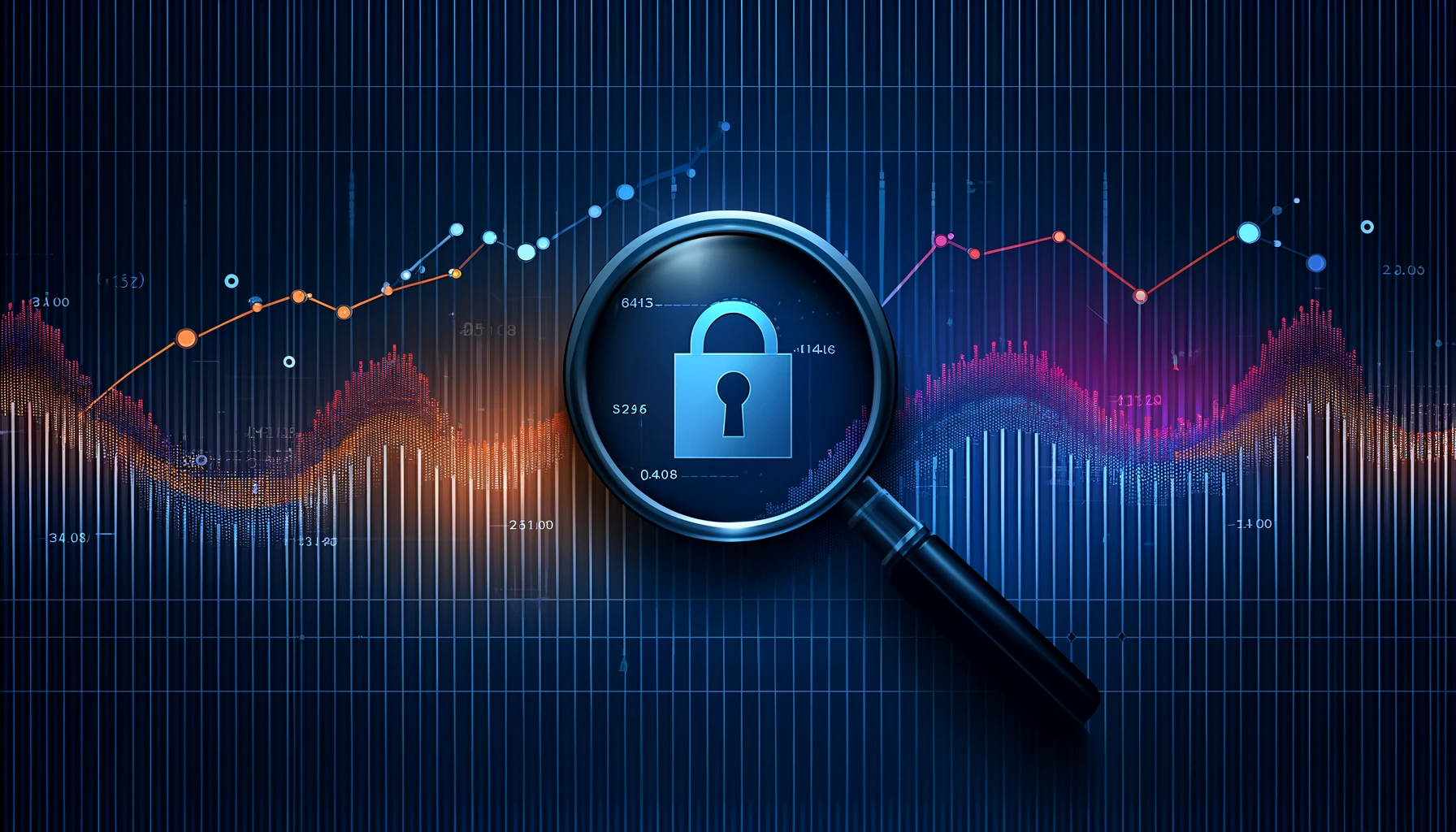.webp?2025-12-17T15:00:29.367Z)
Spotify Wrapped ideas make stats lovable

Evolving Mobile User Privacy Norms and Their Impact on App Development
Mark Polskii
Author @ InAppStory
In today's digital ecosystem, user privacy has surged to the forefront of public discourse, influencing how technology companies, particularly app developers, navigate the complex landscape of data handling and user trust. As technology evolves at a breakneck pace, so too do the norms and expectations surrounding user privacy. This shift is not merely a response to technological advancements but a reflection of changing societal values and increasing demands for transparency and control over personal information.
The significance of user privacy cannot be understated. For app developers, understanding and adapting to these evolving norms is not just about compliance with laws and regulations; it's about building trust and ensuring a sustainable relationship with users. Privacy is no longer an add-on or a secondary consideration; it is a critical component of the user experience and a pivotal aspect of the app development process.
Historical Context

The relationship between technology and privacy has been a subject of contention since the early days of the internet. Initially, the digital realm was viewed as a new frontier, vast and unregulated, where data flowed freely and user privacy concerns were an afterthought. However, as the internet and mobile technologies became integral to daily life, the need for robust privacy protections became evident.
Early Days of Internet and Mobile Apps
In the nascent stages of the internet and mobile app development, privacy norms were loosely defined. The focus was primarily on innovation and market penetration, with little consideration for the long-term implications of data collection. Users were often unaware of how their data was being used, leading to a wild west environment where data privacy breaches were common.
Key Milestones in Privacy Legislation
The landscape began to shift with the introduction of significant privacy legislations. The General Data Protection Regulation (GDPR) in Europe, which came into effect in 2018, marked a pivotal turn in the approach to user data. GDPR not only imposed stringent data handling requirements but also empowered users with greater control over their personal information. Similarly, the California Consumer Privacy Act (CCPA) set forth a new precedent within the United States, emphasizing transparency and user rights in data processing.
These legislations were not just regulatory hurdles; they were reflections of a broader societal shift towards valuing privacy. They forced developers to rethink how they design their apps, integrating privacy considerations from the ground up rather than as peripheral features.
The Ripple Effects
The introduction of these regulations had a ripple effect worldwide, prompting countries across the globe to reconsider their own data protection laws. This global reassessment has led to a more standardized approach to privacy, although significant variations still exist. For app developers, this means navigating a complex patchwork of international laws, requiring a nuanced understanding of regional privacy expectations and legal requirements.
Current Trends in User Privacy

The landscape of user privacy is constantly evolving, driven by changes in consumer expectations, technological advancements, and regulatory frameworks. Today, users are more informed and concerned about their privacy than ever before, and this awareness is significantly influencing app development.
Rising User Expectations
Modern users demand greater transparency and control over their personal data. This shift is largely fueled by increased awareness of privacy issues, thanks in part to high-profile data breaches and the media's focus on privacy violations. Users now expect clear privacy policies, straightforward options to manage their data, and assurances that their information is secure and used responsibly.
The Impact of Public Perception and Media
The role of media in shaping public perception cannot be underestimated. Regular reports on privacy infringements have led to public outcry and a demand for stricter regulations. This heightened sensitivity has forced developers to prioritize privacy not just to comply with laws but to maintain user trust and brand integrity.
Emerging Privacy Trends
Several key trends are currently shaping privacy norms in app development:
- Data Minimization: The principle of collecting only the data necessary for a specific purpose is becoming a standard practice. This approach not only aligns with regulatory requirements but also reduces the risk and complexity associated with data management.
- Privacy by Design: Incorporating privacy into the design phase of app development is increasingly becoming a norm. This proactive approach involves embedding privacy into the architecture of IT systems and business practices.
- Enhanced User Controls: Apps are now providing more robust tools for users to understand and control how their data is used. Features such as easy-to-navigate privacy settings and transparent data usage policies are becoming standard.
- Increased Transparency: There is a growing trend towards greater openness about data practices. This includes detailed disclosures about data collection, processing, and sharing.
Technological Innovations Driving Privacy Changes
As privacy concerns become more prominent, technology itself is evolving to offer new solutions that enhance user privacy in app development. These innovations are pivotal in enabling developers to meet both regulatory requirements and consumer expectations more effectively.
New Technologies Enhancing Privacy
- Blockchain Technology: Known for its robust security features, blockchain technology offers a decentralized platform where transactions are encrypted and immutable. This makes it an excellent tool for creating apps that require high levels of data integrity and transparency without compromising user privacy.
- Differential Privacy: This technique adds randomness to datasets, allowing developers to glean useful insights without identifying specific individuals. Differential privacy is increasingly used in apps that analyze user behaviors, providing valuable data to developers while safeguarding individual privacy.
- Secure Multi-party Computation (SMPC): SMPC allows data analysis or machine learning processes to be performed on encrypted data from multiple sources. This ensures that each party's data remains confidential, even while being used collectively.
- Homomorphic Encryption: This form of encryption enables data to be processed while still encrypted, thus ensuring that data privacy is maintained throughout the analytical process. It is particularly useful in scenarios where data needs to be shared with third parties for processing but cannot be decrypted for security reasons.
Impact of Artificial Intelligence on Privacy
Artificial intelligence (AI) plays a dual role in the realm of privacy. On one hand, AI technologies can analyze large volumes of data quickly and identify privacy breaches or vulnerabilities more efficiently than humans. On the other hand, the use of AI in handling personal data raises concerns about surveillance, bias, and control over personal information.
- Privacy-Enhancing AI: Developers are creating AI models that prioritize privacy, using techniques like federated learning where AI algorithms are trained across multiple decentralized devices without exchanging data samples. This means sensitive data can stay on the user's device, reducing privacy risks.
- AI for Privacy Management: AI is also being employed to manage privacy settings based on user behavior patterns, automating privacy protections and making it easier for users to maintain their desired level of privacy.
Best Practices in Privacy-Focused App Development
In a landscape where privacy can determine an app's success or failure, adopting best practices in privacy-focused development is not just beneficial; it's imperative. Here, we outline key guidelines and strategies that developers can employ to embed privacy at the core of their app development processes, turning privacy compliance into a competitive advantage.
Integrating Privacy into the App Development Lifecycle
- Privacy Impact Assessments (PIAs): Conducting PIAs at the earliest stages of development helps identify potential privacy risks and mitigate them before they become problematic. This proactive approach ensures that privacy considerations guide the development process from the start.
- Adopting a Minimum Viable Data Approach: Similar to the principle of data minimization, this approach focuses on collecting only the data absolutely necessary for the app's functionality. This reduces the risk and complexity of managing large data sets and aligns with consumer expectations for privacy.
- Regular Privacy Audits: Continuous evaluation of privacy practices through audits helps maintain compliance with changing regulations and standards. These audits should be conducted by internal teams or external experts to ensure that the app's privacy measures are always up-to-date.
Using Privacy as a Competitive Advantage
- Transparent Communication: Clearly communicating privacy policies and practices to users can significantly boost trust and loyalty. Apps that articulate what data they collect, how it is used, and how it is protected differentiate themselves in a crowded marketplace.
- User-Centric Privacy Features: Offering users granular controls over their privacy settings not only complies with regulations like GDPR but also empowers users, enhancing their trust in the app. Features like easy toggle switches for data sharing preferences or detailed but understandable privacy settings can enhance user satisfaction.
- Tools and Frameworks Assisting in Privacy Compliance
- Privacy Frameworks and Standards: Leveraging established frameworks such as ISO/IEC 27701 or the NIST Privacy Framework can guide developers in implementing comprehensive privacy management systems that are globally recognized.
- Encryption and Anonymization Tools: Implementing state-of-the-art encryption methods and data anonymization tools helps secure user data and maintain privacy. These tools are crucial for protecting data both at rest and in transit.
- Automated Compliance Tools: Utilizing automated tools that help in ensuring ongoing compliance with various privacy laws (like GDPR compliance checkers or CCPA readiness tools) can save time and reduce the burden on development teams.
Conclusion
The interplay between evolving user privacy norms and app development is complex and continually changing. By understanding historical contexts, current trends, technological innovations, and best practices, developers are better equipped to navigate this landscape. Looking ahead, the ability to anticipate changes and adapt swiftly will not only ensure compliance but also secure a competitive advantage. As privacy continues to be a central concern for users, embracing it as a core aspect of app development is not just necessary; it’s a strategic imperative for long-term success.

